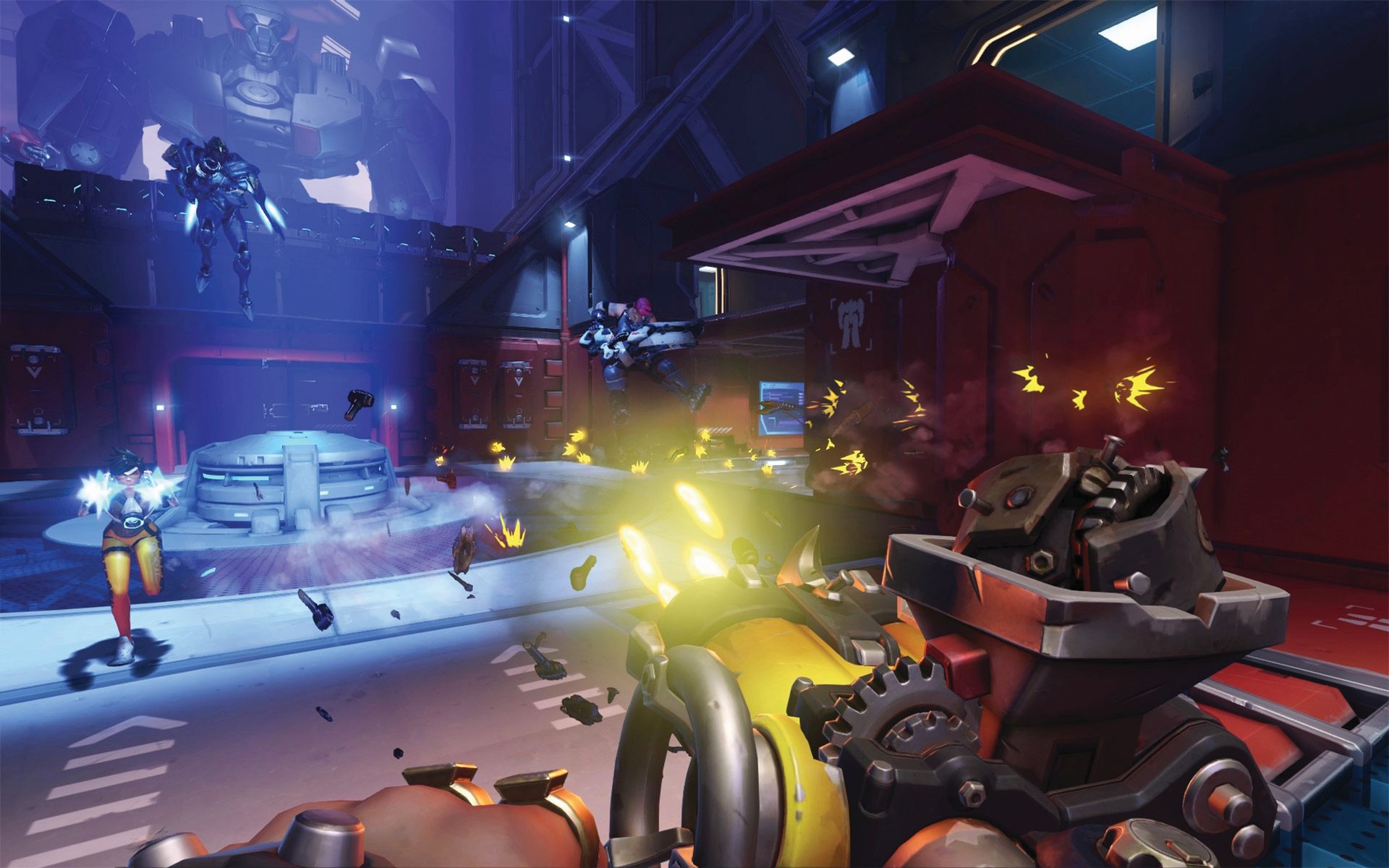How balancing works, and why it matters
The tricky business of building systems that feel fair.

Balancing is a vague and contentious term for a vital game development process. As Lemma developer Evan Todd puts it, “Balancing is the process of tweaking mechanics, and especially numbers, to reveal what a game really wants to be.” It’s revealing how Evan focuses on the numbers in this process. As glamorous as it might seem to be a game designer, determining what elements of a game are tweaked and how, many of these decisions come down to changing a set of values in a spreadsheet.
Yik-Sian Seow, developer of turn-based roguelike Steam Marines, defined balancing as, “Making sure that out of the tools you give to the player, all are viable and none are too out of step in terms of effective power level.” The first thing that goal requires is a lot of tests. Jake Birkett of Grey Alien Games, developer of Regency Solitaire and upcoming solitaire/RPG mashup Shadowhand, found this fact firsthand.
“Card games with a standard 52-card deck are normally well balanced. However, challenges arise when you change the rules,” he tells me. “For Shadowhand there are 60 cards numbered 0-9 and six suits which was done on purpose to increase the chance of getting a ‘combo’ with the particular core mechanic I’m using. But this change meant that I had to test multiple level layouts and scenarios to see what effect it had on key metrics that were important to how the game felt to players.” The number of tests Jake thought this would require escalated, especially when combined with the turn-based combat portion of the game. “Turn-based combat is hard to balance, and that’s just when it uses random numbers. However, in Shadowhand you take turns playing a solitaire variant against an AI enemy and how well you play determines how well you hit them. This mashup is fascinating but is also incredibly complex to balance."

As Jake and codeveloper Helen Carmichael were already considering the balance of the in-game economy and narrative pacing, the amount of testing needed across the game began to seem impossible to achieve manually. That’s when Jake came upon the idea of automated testing. Writing an AI test function that ran simulations of each hand of cards allowed Jake to test how different player-chosen items and attributes would affect the game in a practical setting, as well as the relative fairness of the game itself across its running time.
The majority of players do not actually want difficulty. They want to be placed in situations they believe are difficult and ultimately overcome them.
Yik-Sian Seow
Fairness is a surprisingly subjective measurement, it turns out. Yik-Sian Seow goes so far as to state, “My experience balancing both Steam Marines games has been that the majority of players do not actually want difficulty. They want to be placed in situations they believe are difficult and ultimately overcome them.” Even in a hardcore, roguelike experience like Steam Marines, this means concessions have to be made to create an illusion of fairness. Seow says, “I remember one conversation with an alpha player regarding fog of war. The gist was that they wanted everything to show up once a marine had explored whatever section of the map. They disliked that any section of the map not currently within sight of a marine was blacked out. Their argument was that, in real life, a person would remember what they saw. Which is funny because why doesn’t the player remember what they saw, then? So you do end up providing a lot of quality-of-life things to make players happy.”
All of the situations so far assume that a player’s opponent is the AI—not another player. As Evan Todd discovered in the development of his multiplayer/singleplayer hybrid Deceiver, this complicates balancing in a major way. “Balancing singleplayer is a little easier because you get an extra knob to tweak: AI behaviour,” he says. “In multiplayer you can’t add a line of code that makes other players duck in cover more often. You have to come up with some incentive that psychologically programs those players to behave in a way that results in the most fun.”

As complicated as balancing might sound, its absence can be immediately apparent. Economies that leave the player flush with gold, but with nothing good to buy, or RPG progression that lets you spec towards a build that leaves you unable to finish the game. “Unbalanced games are no fun,” Auroch Digital game designer Steve Martin says. “If units or weapons are overpowered you’ve got no reason to use anything else, which leads to a boring experience. On the other hand, breaking the balance can be rewarding.” Just look at Super Gravity Gun near the end of Half-Life 2.
Keep up to date with the most important stories and the best deals, as picked by the PC Gamer team.
Crafting a particular experience requires painstaking planning and revision, making balancing one of the most essential pieces of bringing a developer’s vision to being.

